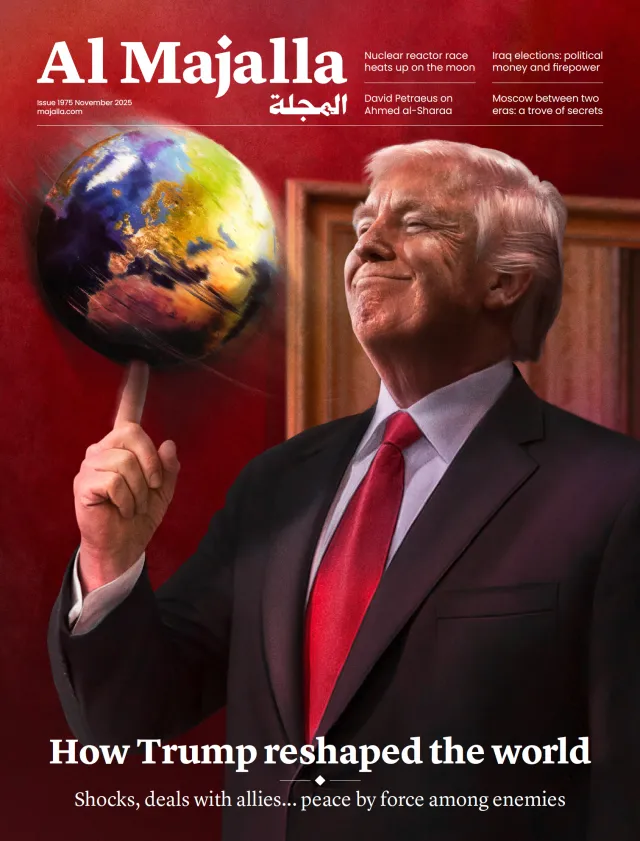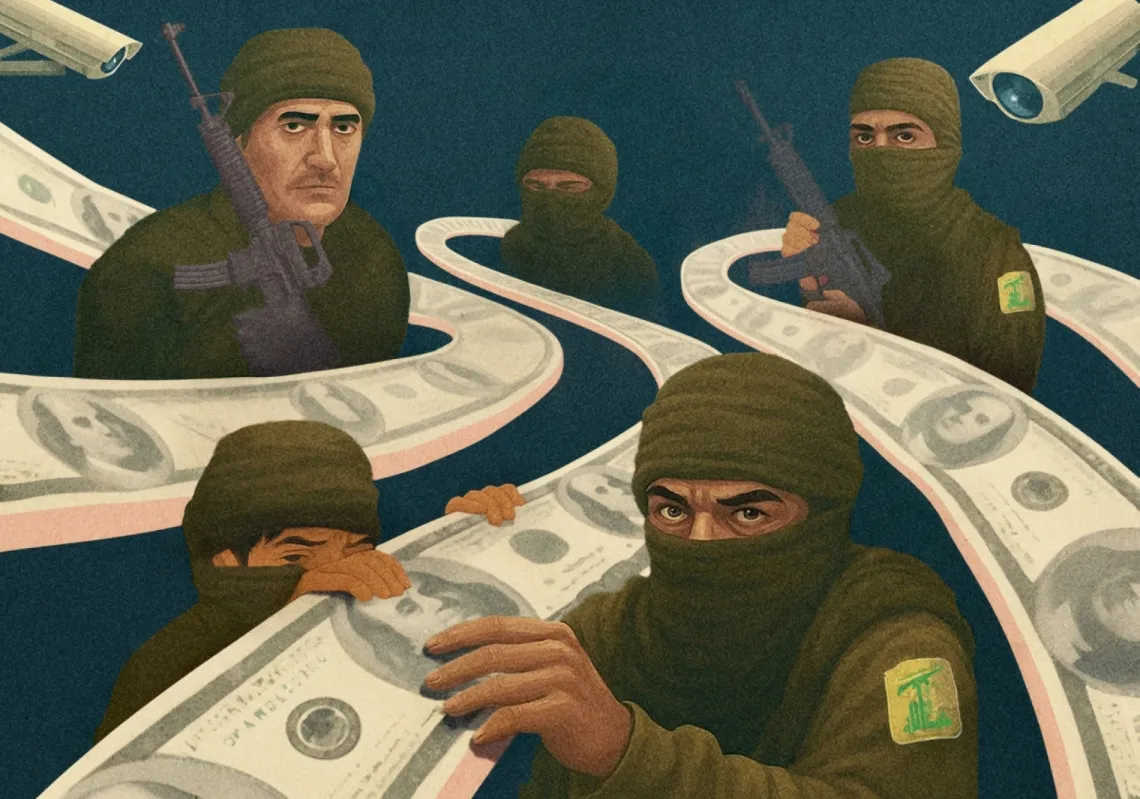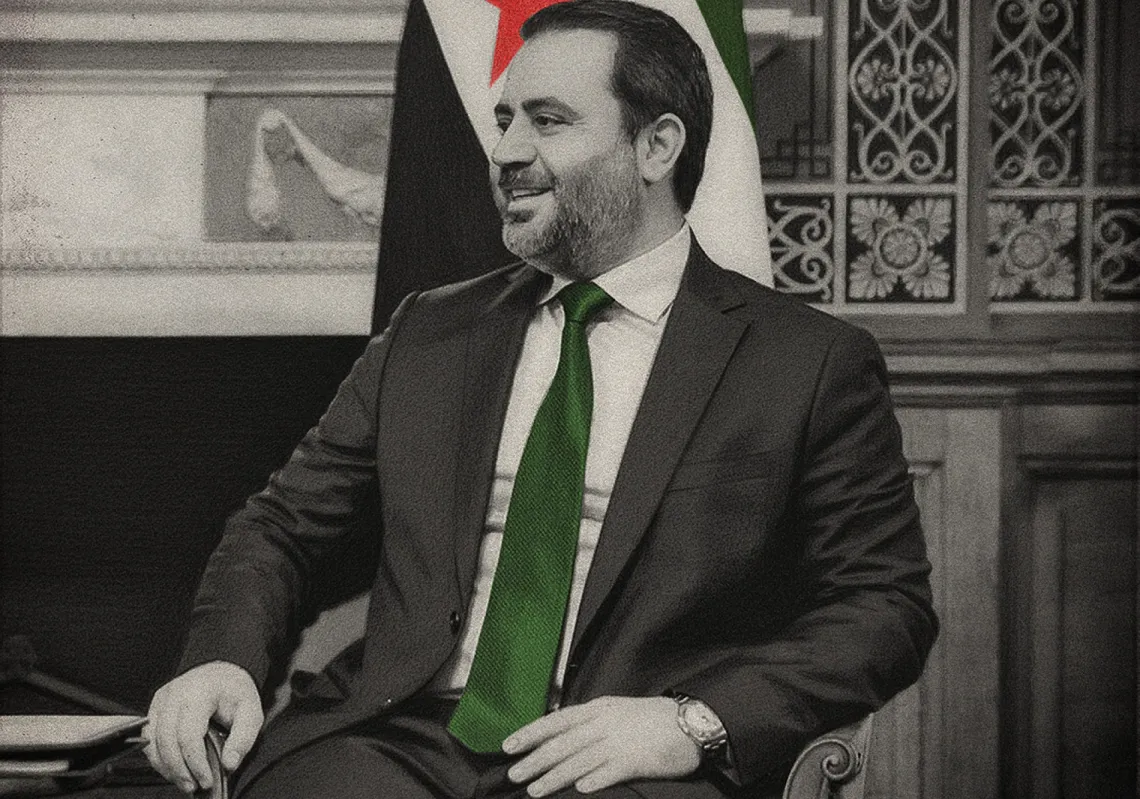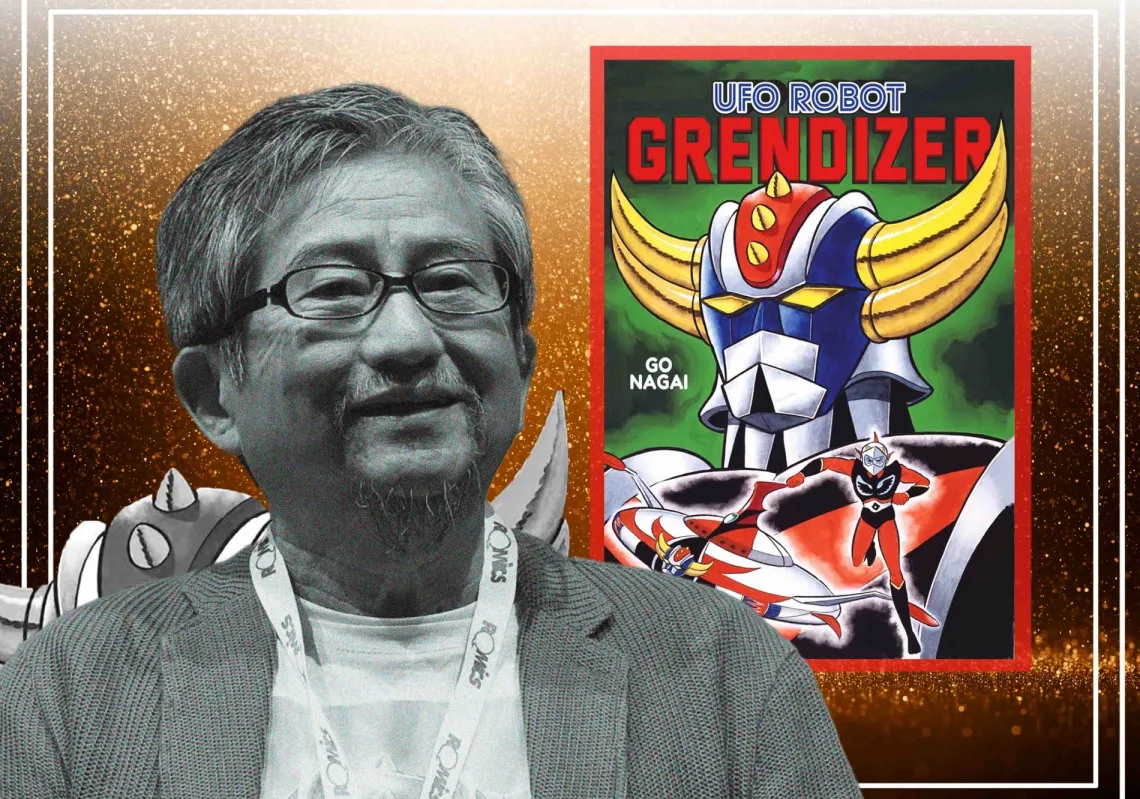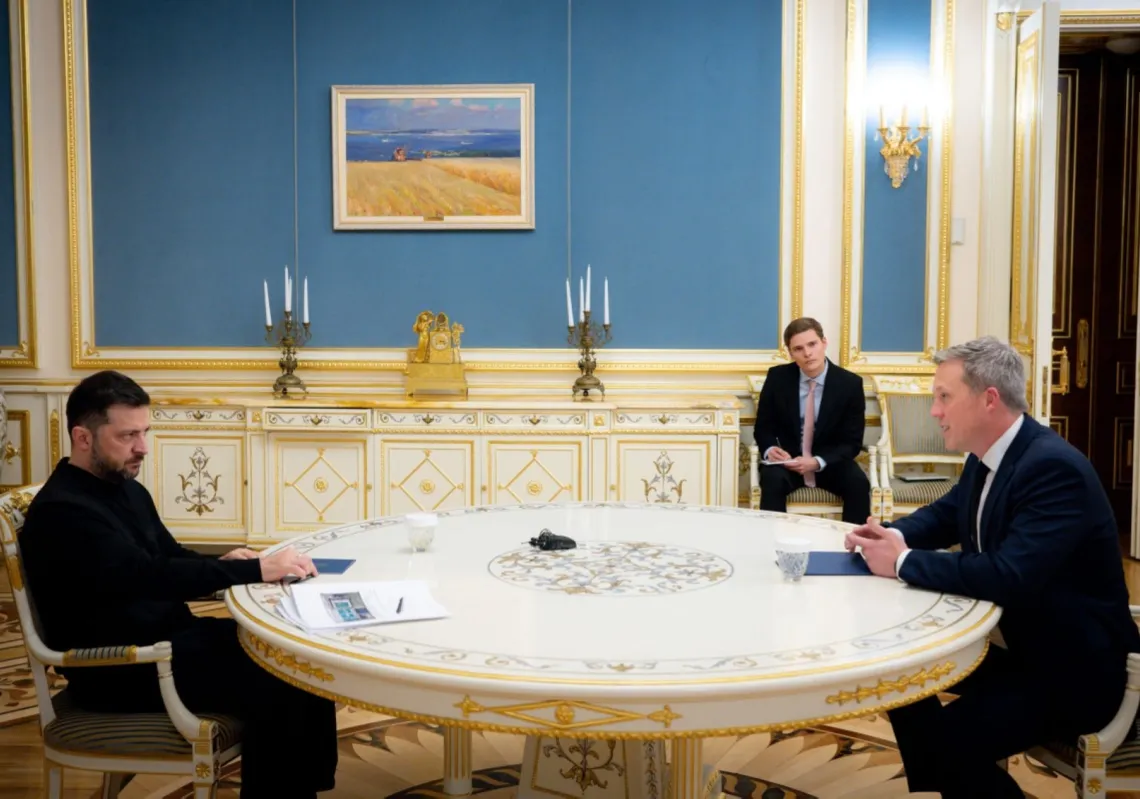There is widespread outrage in Iran, where the authorities have put a range of historical archaeological sites up for sale.
The proposed online auction is part of a wider privatisation programme to ease an economic crisis, in which the inflation rate has hit 40% and the currency has plummeted. It has stoked fierce controversy among Iran's cultural, artistic, and academic elites, as well as within public opinion.
Described as "architectural valuables," some of the sites date back over ten centuries, including the Rayen Citadel in Kerman Province.
Others have been long-standing destinations for both foreign and domestic tourists, such as the Palace of Prince Naser al-Din Mirza al-Qajar. Some of them, like the historical Harandi Park, serve as popular gathering places for the general public.
There are 19 sites listed for sale, with some of them considered the most remarkable and prized architectural gems in Iran and the world. It is widely thought that further such sales are likely to follow.
The sales are viewed as a betrayal by a significant proportion of the Iranian public, who believe the country’s history should continue to belong to the people and future generations. These views are echoed by hundreds of academics, intellectuals, artists, and historians.

